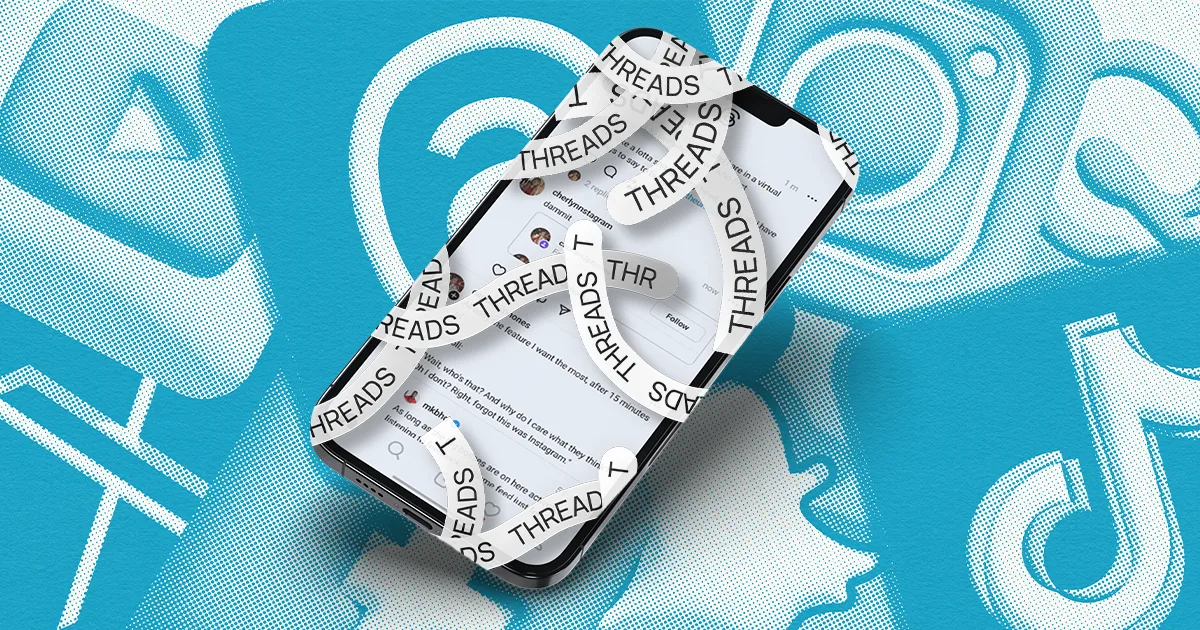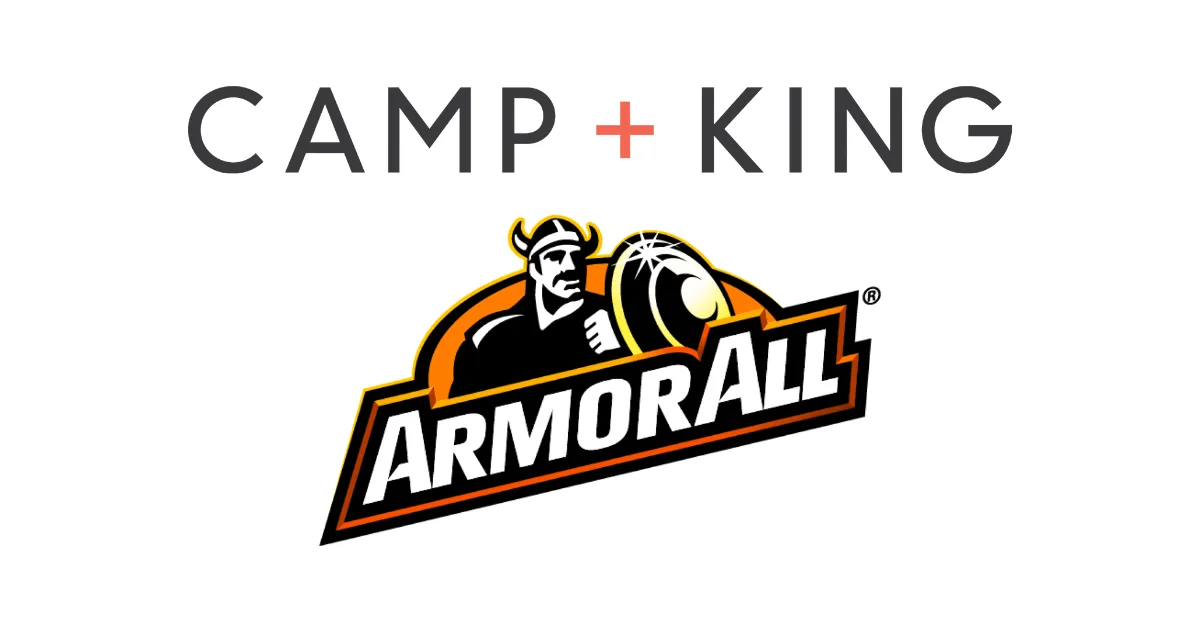This post was originally published in AdAge
Lincoln had his team of rivals. John and Paul had their creative differences in the Beatles. Record producer Rick Rubin has worked with various strange bedfellows who share differing cultural views. And we’ve all come to learn how Oppenheimer harnessed divergent perspectives to build an innovative team that changed the world.
A dynamic at the core of these partnerships is proactive disagreement, the practice of constructively pitting differing points of view against each other to inspire enhanced creativity.
Agencies, too, contain integrated teams that bring different skill sets to the table, including data analytics, consumer insights and creative ideas that move and persuade people. When presented with a client brief, an agency collectively attacks it from different angles, often differing on the approach and disagreeing on the solution. There is tension and dissension—and that’s healthy. Few muscles, including creative ones, are strengthened without some form of discomfort.
What follows such proactive disagreements are creative sparks and surprising solutions. Yet organizations and people often want more immediate consensus. They seek to find a unifying ground that moves the project forward comfortably. But therein lies the danger because once you have consensus, thinking stops. And once the thinking stops, ideas stagnate.
Creative organizations can benefit from—and need to foster—an environment of proactive disagreement so they may harness its benefits. The intersection between intellectual and creative minds at an agency and the tension it creates is where unexpected, yet effective ideas are born. The beauty of the creative mind is that it isn’t indoctrinated. It approaches things from a naive place of curiosity, wonder and possibility. The intellectual mind is informed, calculated and filled with insight.
Proactive disagreement has many benefits for creative organizations, their people and the products they make:
It gives creative and intellectual minds equal influence
It’s where surprises and solutions find traction. Proactive disagreement functions as the agency’s first round of quality assurance and idea optimization. It also invites new lines of thinking that can have a compounding effect.It strengthens the voice and voices of an organization
“For good ideas, true innovation, you need human interaction, conflict, argument, debate,” said Margaret Heffernan, professor of practice at the University of Bath School of Management. The art of persuasion starts with debate. Through debate, individuals in an agency learn to hone their own points of view and they learn to influence others. So, the persuasive abilities of the collective agency grow, as do ideas they generate. Debate, dissension and tension, done proactively, are a precursor to persuasion.It fuels innovation
Steve Jobs fully understood that innovation starts with allowing people the freedom to fully exercise and express their opinions on ideas. And it wasn’t something reserved for the engineers, it was everyone. In Jobs’ words: “So when a good idea comes, you know, part of my job is to move it around, just see what different people think, get people talking about it, argue with people about it, get ideas moving among that group of 100 people, get different people together to explore different aspects of it quietly, and, you know, just explore things.”It discourages conflict
Proactive disagreement discourages conflict. It enables everyone to get their point of view—for equal consideration—on the table at the outset. There’s a freedom and fairness to the debate that ensues. It allows the leaders of the agency to manage disagreement before it manifests itself in conflict. It’s not about any one person being right, it’s about doing the right thing for the idea.How are three ways to get started:
Invite it
This has to come from the creative leader or leaders within the organization. As curators of the agency’s ideas, they are best positioned to give colleagues permission and freedom to interrogate the agency’s thinking. It also has to be done in an environment of congenial candor. People should be able to speak freely and candidly while questioning the thinking, without interrogating the individual, and in a friendly (even fun) way.Moderate it
This is someone who can extract the most compelling points from the creative and intellectual scrum, synthesize the bits and articulate them in a manner that provides direction and inspiration to the team. This individual needs to make the disagreement proactive and move the thinking forward.Give it time
Of all the monumental changes that have impacted how we work, the biggest has been less and less time. Under the crush of deadlines and rush to the solution, values such as debate, dissent and differing points of view can be seen as obstacles instead of building blocks. For the sake of our industry, creativity—and great ideas everywhere—we have to fight this trend and make room for proactive disagreement as part of our process.So yeah, let’s fight it out to make our people and the work better.


